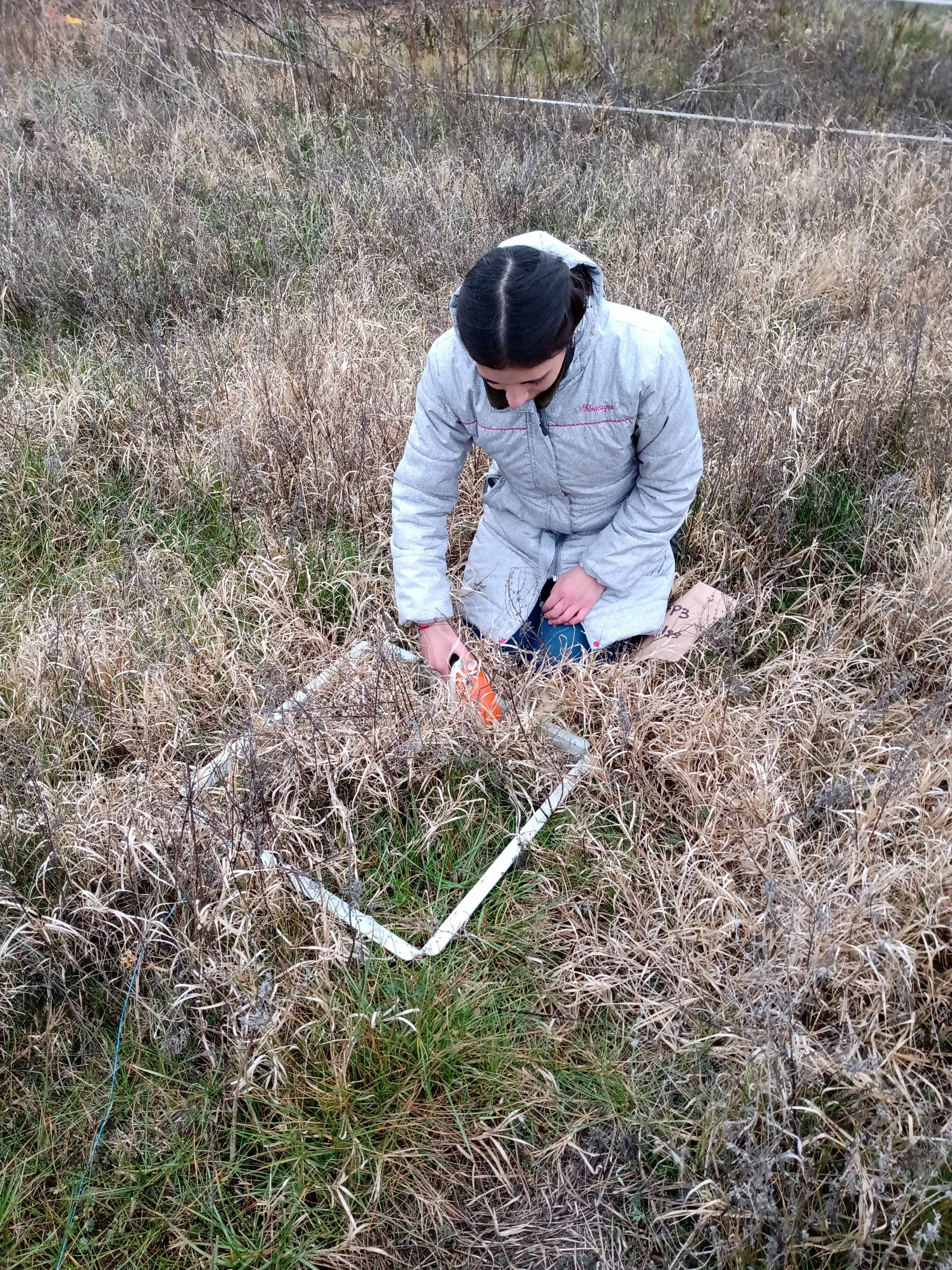
In July, a trip was made to Chascomús, Buenos Aires province, to measure vegetation cover and harvest the biomass of pastures in closures of halomorphic and hydromorphic environments of the Flooding Pampa.
In all the environments evaluated, it was observed that the biomass of Lotus tenuis did not exceed 1% of the total biomass of the pasture. This is because the legume, although it is a perennial species, has spring-summer-autumn growth and winter dormancy, dominating both in promoted and non-promoted environments other winter species at the time of sampling.
The L. tenuis importance, as a forage legume in the environments under study, lies in the contributions of nitrogen to the system through the process of biological nitrogen fixation, its good nutritional quality and its tannin content that improves feed digestibility in livestock bovine. In addition, it provides other ecosystem services, such as contributing to pollination.
In these marginal environments, since 2021 sampling is being carried out to quantify the contributions of nitrogen to the soil, based on the biological fixation of nitrogen by the aforementioned legume. The sampling carried out this winter helps to address the dynamics of this species in the systems under study.




